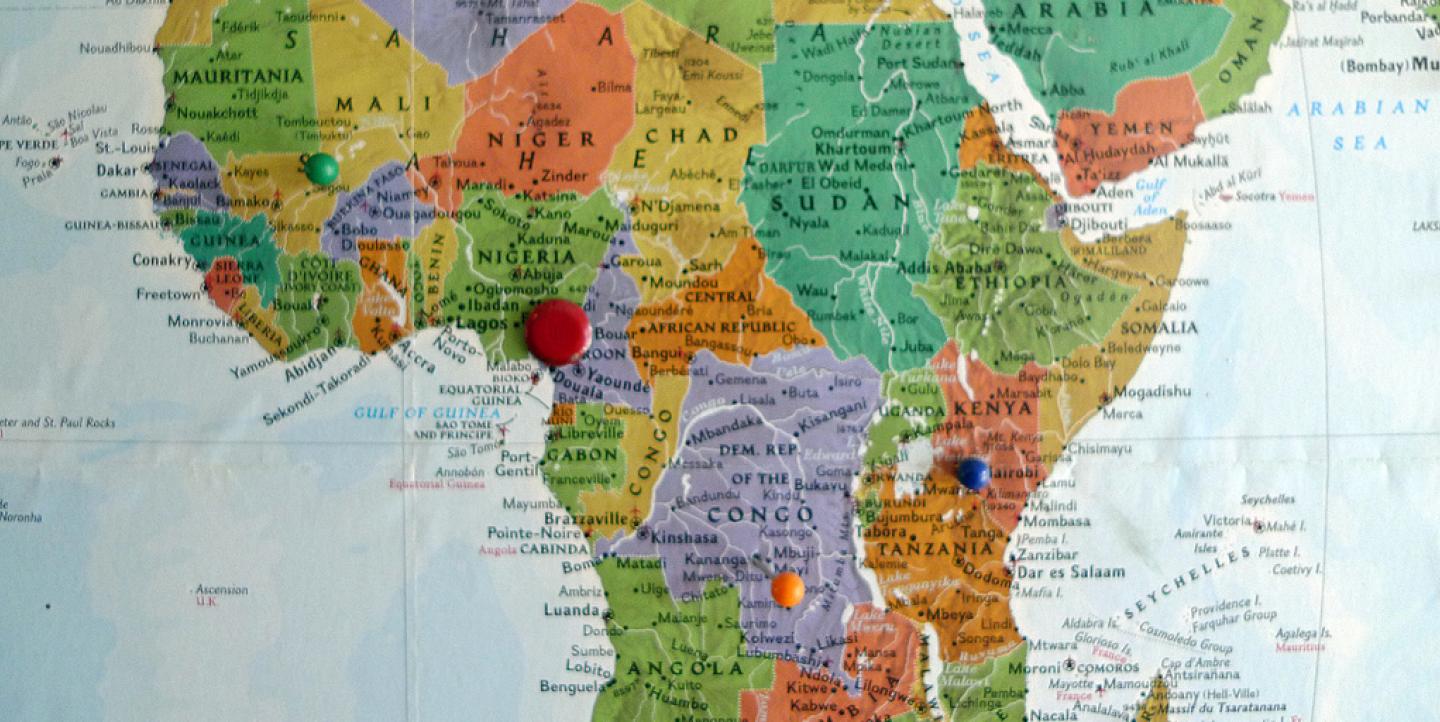Each week as part of the Knight International Media Innovators blog, the ICFJ Knight team will round up stories focused on how their fellows are making an impact in the field. Find out more about the fellows' projects by clicking here.
Investigative reporting and more from our Knight Fellows in this week’s roundup.
Spotlight on investigative reporting in Africa
The recent work of the African Network of Centers for Investigative Reporting (ANCIR), founded by ICFJ Knight Fellow Justin Arenstein, was presented at the International Journalism Festival in Perugia, Italy.
ANCIR has been integral to exposing the hidden networks of the Italian mafia in Africa. In a joint investigation with the Investigative Reporting Project Italy and CORRECT!V, ANCIR details the Italian mafia’s control of Africa’s diamond empire and the intricate network of proxies used to hide and launder money. The work was picked up by Mail & Guardian, a well-known online news site in Africa.
In other Africa-related news, ICFJ Knight Fellow Friedrich Lindenberg helped ANCIR and a coalition of investigative organizations expose the World Bank’s “broken promise” to “protect the poor.” The International Center for Investigative Journalists, The Huffington Post, El Pais, the Guardian, Fusion, The Investigative Fund, the GroundTruth Project, Brazil’s Agência Pública and Nigeria’s Premium Times all published their investigations, drawing global attention and response from the president Jim Yong Kim at the World Bank Group’s 2015 spring meeting that the Bank would review its resettlement policies.
Mapping risk in Veracruz
Using mapping data and the risk assessment app, Salama, ICFJ Knight Fellow Jorge Luis Sierra identified extreme-risk municipalities for journalists in Mexico. This data empowers media organizations to make better informed decisions about where to send journalists.
“Geographical information and risk analysis data have proved to be crucial in editorial planning, public policy design or budget allocation,” Sierra wrote in his analysis. “With this data, media organizations would be able to take informed decisions and arrange security measures for local correspondents or for reporters who travel to those areas.”
A word from our fellows
Former ICFJ Knight Fellow Mariana Santos was featured in the spring 2015 edition of the International Symposium on Online Journalism (ISOJ) journal. Santos spoke about power images and interactive content at the ISOJ conference. Check out the discussion in the video below.
In case you missed it...
Code for Africa’s Nick Hargreaves produced a timeline titled Kenya Under Siege. The timeline reveals the country’s history of terrorism. Using data journalism and interactive content, Hargreaves visually details the extent and frequency of violence.

